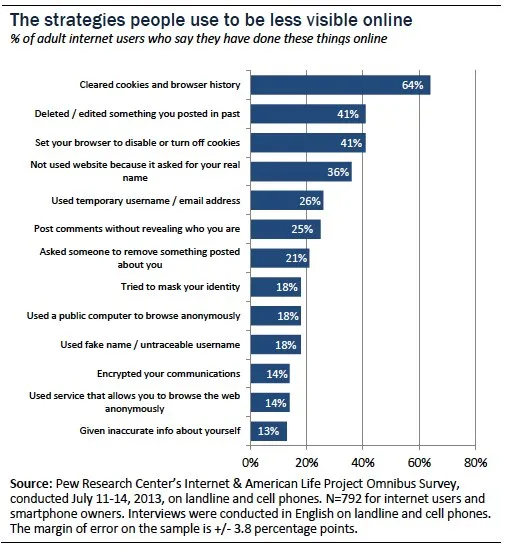
In the age of total visibility, disappearance is the final luxury.
Once, to vanish meant crossing a border, burning your papers, changing your name. Today, the border is invisible, the papers are digital, and the name—your username, handle, biometric pattern—is replicated in hundreds of databases you’ve never seen. To vanish is not impossible, but it requires an act of philosophical as much as technical erasure.
The Fantasy of Disappearance
Every so often, someone tries. They delete social media, encrypt their emails, smash their old phone. They move off-grid or switch to a dumbphone and claim liberation. But weeks later, their ghost remains: a cached LinkedIn profile, a friend’s post tagging their face, a genealogy site listing their relatives.
To vanish from the internet is like trying to scrub a footprint from wet cement—the impression remains, even when the body is long gone.
This is because the internet does not forget; it only buries. The data you “delete” lives on in backups, mirrors, or machine-learning training sets. The surveillance economy’s memory is perfect, because it must be. Forgetting, for the digital system, is a bug.
Becoming a Shadow
Still, there are ways to fade—not from existence, but from legibility.
- Mask your identifiers. Use encrypted browsers, virtual private networks, disposable emails, and pseudonyms that never intersect with your real-world details. You aren’t erasing yourself; you’re fracturing the link between name and presence.
- Poison the data. Feed algorithms misinformation: wrong birthdays, randomized metadata, decoy accounts. The goal is not to vanish but to become unreliable, unprofitable.
- Withdraw from centrality. Leave the platforms that monetize identity—social media, cloud storage, loyalty programs—and move toward decentralized networks. Think local archives, peer-to-peer spaces, encrypted clouds that don’t ask for your fingerprint to enter.
- Go analog in spirit. The fewer devices that need you to “sign in,” the more control you have over your narrative.
In the digital panopticon, opacity is resistance. Not absence, but unreadability.
The Paradox of Presence
Ironically, true disappearance often requires total participation. If you vanish completely—no bank accounts, no address, no phone—you attract more suspicion, not less. Algorithms notice absence; data gaps light up like voids in a thermal scan.
To vanish convincingly, you must remain statistically ordinary: just another data point in the crowd. The art lies in blending, not erasing.
That’s why the most successful digital disappearances resemble theater. You perform your disappearance—announce it, dramatize it—and then quietly reappear under a new configuration. Not gone, but reframed.
The New Ghost Story
In literature, ghosts haunt because they cannot leave. Online, we haunt ourselves. Our digital shadows outlive our intentions, replaying our habits long after we’ve stopped feeding them.
To vanish from the internet, then, is to accept that you can’t. The best you can do is learn to live with your ghosts—to curate them, to decide which versions of you remain visible when you’re gone.
The 21st-century disappearance is not about erasing the self, but editing it.
Leave a Reply